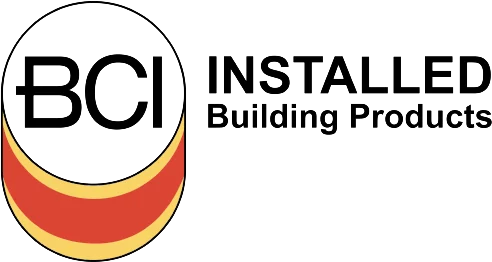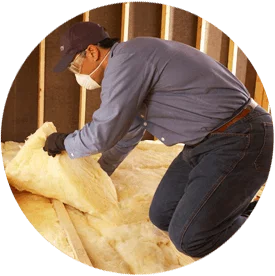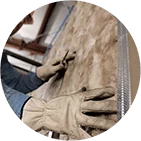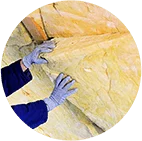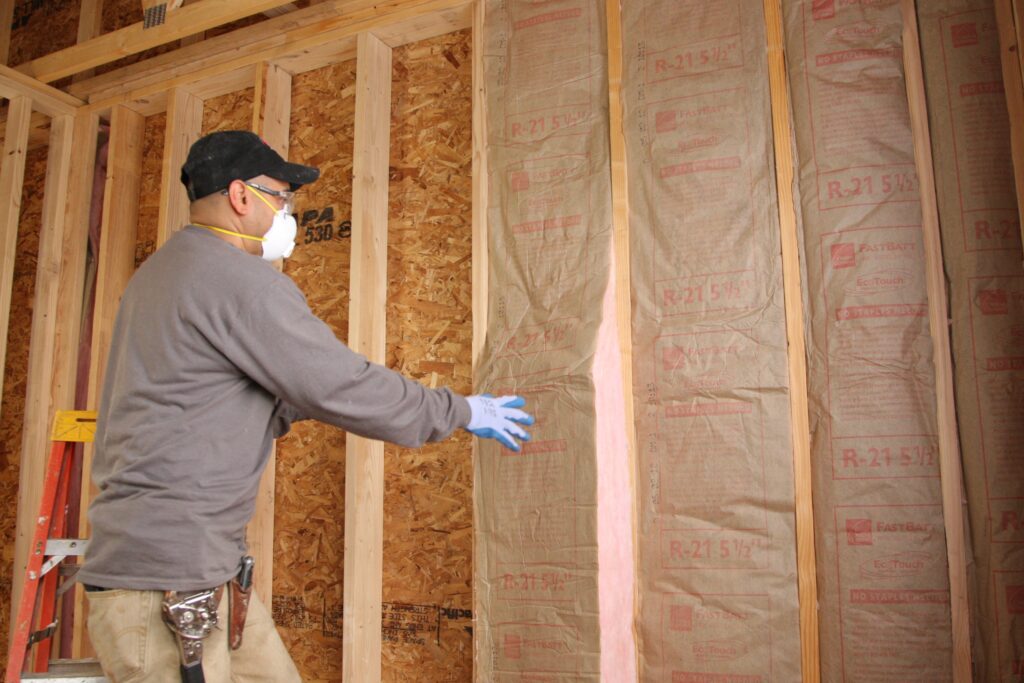
If you want to make your home or business more energy-efficient, you’re wise to consider insulating, but which type should you choose? Fiberglass is one of the most popular insulation materials used today for everything from attic insulation to wall insulation and more.
Still, you might be wondering what fiberglass insulation is made of and how it works. Keep reading to find out.
What Fiberglass Insulation Is Made Of
As the name suggests, fiberglass is made of glass fibers. This includes several basic raw materials, the primary of which are silica sand, limestone and soda ash. Other ingredients used in fiberglass insulation production include borax, calcinated alumina, feldspar, kaolin clay, magnesite and nepheline syenite.
Discontinuous glass fibers are used to create batts, blankets or blown-in insulation to resist heat flow and absorb sound. Fiberglass is also available in long, continuous fibers used to make everything from drapes and shower curtains to window frames and roof shingles.
How Is Fiberglass Insulation Made?
The mixture is prepared with the proper amount of raw ingredients and melted at a temperature of 2,500 degrees Fahrenheit. This process gives fiberglass insulation the ability to resist heat flow. The molten glass flows from the furnace into a cylindrical container with small holes.
As the container spins, glass flows out of the holes. A blast of air separates the filaments into short strands, which fall onto a conveyor belt and interlace into a fleecy batt of fiberglass insulation.
How Fiberglass Insulation Works
Fiberglass insulation works because the fibers trap pockets of air, slowing the movement of heat through them. When installed in a building, fiberglass helps keep conditioned air inside and can decrease heating and cooling costs as a result.
Is Fiberglass Insulation Safe for Homes?
Fiberglass insulation is an excellent choice from a fire safety perspective because fiberglass is fire-resistant without any additives.
However, it’s important not to handle fiberglass with your bare hands because the tiny glass particles can irritate your skin and sometimes cause a rash. Inhalation can also result in coughing and other respiratory ailments.
It’s important to leave fiberglass insulation installation to an experienced professional. Once in place, fiberglass poses no health risks or safety hazards.
Schedule Fiberglass Insulation for Your Idaho Home or New Construction Building
At Big City Insulation of Idaho, we install residential and commercial insulation in new construction and retrofit projects.
Schedule residential insulation services with Big City Insulation of Idaho today.
